Floating offshore wind
Type of resources
Available actions
Topics
Keywords
Contact for the resource
Provided by
Years
Formats
status
-
The objective of the APPEAL project was to develop an integrated approach to measure the effects of floating offshore wind farms on the functioning of coastal ecosystems.
-
The use of an ecological niche model has made it possible to characterize, on the one hand, the effects of climate change on the native species of the Bay of Biscay, such as displacements of favorable habitats towards higher latitudes, or, in a to a lesser extent, a decrease in the area of favorable habitat for native species. On the other hand, the potential displacement of the favorable habitat of some subtropical species (currently present along the Moroccan coast) in the Bay of Biscay could be expected. They would then become non-indigenous species (NIS)
-
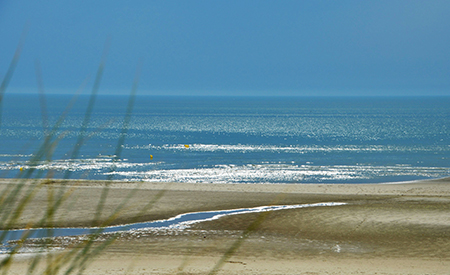
This report presents the statistical study of the effects of the implementation of the Courseulles sur mer wind farm on the emergent properties of the ecosystem
-
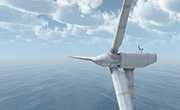
The objective of the ARCWIND project was to assess the feasibility of floating wind farms in deep waters in the Eastern Atlantic.
-
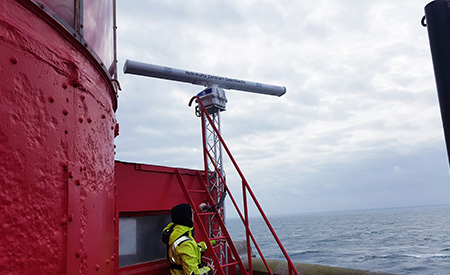
The objective of the DiMe project was to improve the characterisation of extreme sea states with breaking waves by combining observations and modelling.
-
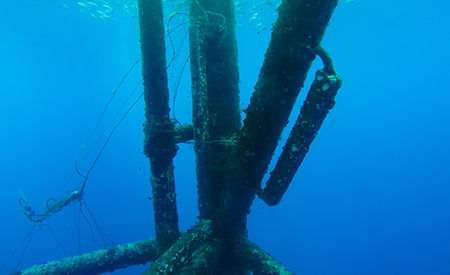
Conclusion and recommendation report resulting from the results of the ANODE project and published by FEM editions
-

This study is a numerical experiment to evaluate the sensitivity and specificity of a set of ecosystem indicators, including ANS, to fishing pressure.
-
This deliverable consists of two parts, first a legal guide to environmental assessment for floating wind farm projects, then in a second part, a study on the legal framework for the spatial planning of floating wind farms: The place of environmental assessment
-
The objectives of the DYNAMO project are: - to develop recommendations for the optimisation of in-service monitoring solutions for subsea cables at the farm leve - to propose a roadmap for the development of the identified promising technologies
-
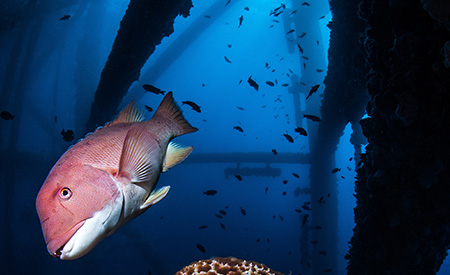
The objective of the COME3T project were: • To provide elements of expertise, synthesis and recommendations on the identification of environmental priority issues for the ORE through the establishment of a lead neutral experts committee. • To install a French and unique network of experts that can be consulted by all ORE stakeholders.
 Catalogue PIGMA
Catalogue PIGMA